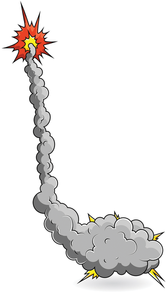Stormy Weather
After losing one weather station to tropical winds, the author reboots and designs a PCB that connects to an Arduino and monitors weather instruments.

Lead Image © vectorshots, 123RF.com
After losing one weather station to tropical winds, the author reboots and designs a PCB that connects to an Arduino and monitors weather instruments.
As usual with SwitchDoc Labs projects, the tale grew with the telling. I started out building a simple interface from the SparkFun Weather Station Meters [1] to interface to Project Curaçao.
The project then morphed into a substantial upgrade. Project Curaçao is a wind- and solar-powered Raspberry Pi and Arduino project located in the Caribbean on the island of Curaçao. (For more information about Project Curaçao, check out the wind power article in a previous issue of Raspberry Pi Geek magazine [2].)
Why am I using an Arduino and not a Raspberry Pi? Three reasons: In Project Curaçao, the Arduino is on 100 percent of the time, whereas the Raspberry Pi is off about eight hours a day (for power considerations). I need a computer available to measure the wind 24 hours a day. Second, the Arduino has several available hardware interrupts, 10-bit analog to digital converters (ADCs), and lots of spare GPIO pins (by the way, the Raspberry Pi B+ adds a number of new GPIO pins). Third, I wanted to run these sensors at 5V for noise and distance considerations, rather than at 3.3V on the Pi.
[...]
Price $15.99
(incl. VAT)